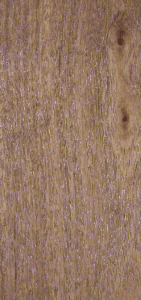
More and more we are investing in the highest quality products for outdoor living spaces. We want our outdoor space to be another room to relax and entertain in. No longer is the "deck" stair enough, we want top of the line, indoor quality stairs and railings for our outdoor spaces.
When designing a top quality stair for outdoor living, choose your material carefully. Consider species that can stand up to water, insects, along with heat and humidity fluctuations.
Softwoods often used for outdoor applications are Cedar and Redwood. Cedar is the most poplar and most available. A downside to Cedar is that it is so soft that some cedar can be dented by just a fingernail. For that reason it is not the best choice for stairs. Redwood on the other hand is harder (than cedar), and has a beautiful red color. These soft woods tend to have more movement (as they age) and the design of the stair will need to be adjusted to allow for that greater wood movement. Typically when we think of premium stairs, we think in terms of hardwoods.
Even stairs designed for beauty should be ready to handle 25 (or more) years of heavy traffic. Teak and Ipe work very well for these high quality applications. Teak has a high oil content that makes it excellent for mildew resistance. Teak has very little movement and shrinkage, and ages to a nice grayish color. The down side of teak is its cost. Ipe on the other hand is still an excellent hardwood for outdoor use. It too is insect resistant and a good hardwood choice for stairs. Ipe will cost about 25 to 50 percent more than cedar and redwood, but only about one third the cost of teak.
Installing throughout the greater Chicago area; Selling anywhere in the world
Designed Stairs
Showroom (by appointment only), Shop, and Offices
1480 E Sixth Street
Sandwich IL 60548
815-786-7600